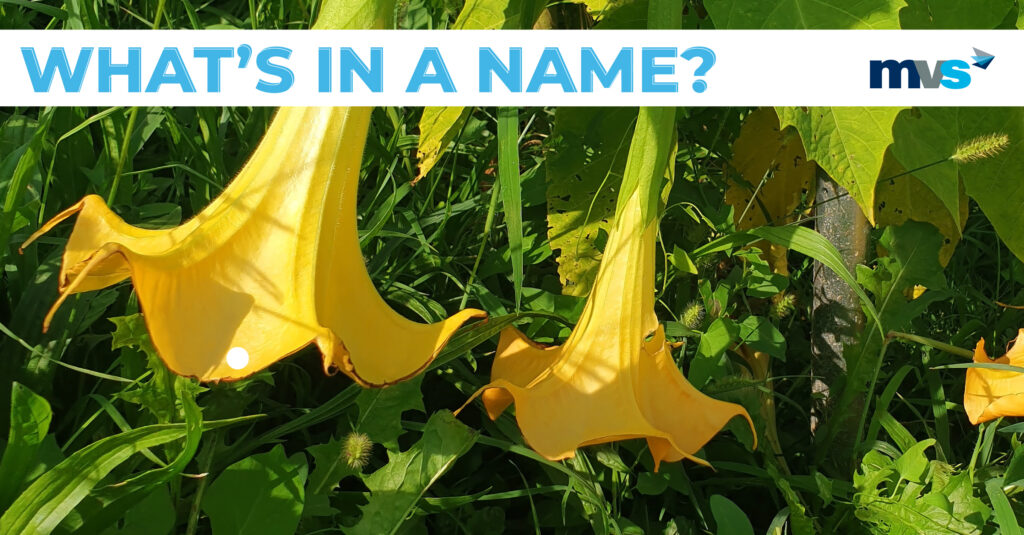What’s in a Name? Understanding the Federal Seed Act and USDA Variety Name Clearance Program

The name of a plant variety is not just a label; it’s a representation of years of research,
development, and distinct characteristics. Variety names serve as a crucial communication tool
among farmers, researchers, distributors, and consumers. Whether it’s a new soybean cultivar
resistant to common diseases or a high-yield wheat variety, the name is the first point of
reference for consumers. Therefore, it’s imperative that variety names are distinct to avoi
confusion in the marketplace.
Although the United States does not have a mandatory plant variety registration system, under
the Federal Seed Act (FSA), once a variety has been traded or sold under a name, that name
cannot be changed and the name can never be used for another variety of the same kind. Since
the 1890s, the United States Department of Agriculture has kept track of all agricultural and
vegetable seed varieties sold in the United States and maintained a database of variety names.
The USDA offers the “Variety Name Clearance Program” to assist companies in reducing the
chances of variety name conflicts and FSA violations.
When naming a variety, an applicant should do their own preliminary search of existing variety
names prior to applying for name clearance. The USDA has conveniently provided an online
search tool that is available to the general public. In order to comply with the FSA, there are a
number of guidelines that must be followed in choosing a variety name. For example, the same
name cannot be given to more than one variety of the same kind or a closely related kind (i.e.
pumpkins and squash or wheat and triticale), and a variety name cannot be misleadingly similar
to an existing name. Additionally, there are special guidelines for turfgrasses and for names
including a trademark.
The process for requesting variety name clearance is relatively straightforward. Requests can
be submitted using the USDA’s online application or by emailing requests directly to the USDA’s
seed specialist. The USDA will compare the proposed name with variety names already in the
database to determine if the variety name has already been used or if it is too similar to existing
names. Assuming there is no conflict, a clearance letter will be issued. Otherwise, an
explanation of any conflict will be sent.
There are some caveats to variety name clearance. When an applicant receives a clearance
letter, the applicant should understand that the clearance is not a guarantee that the name is
free of conflicts. Furthermore, the clearance does not establish a legal right to the variety name
and the USDA does not make determinations regarding potential trademark infringement of a
proposed variety name.
A variety name entry into the database becomes permanent when the variety is released into
the marketplace under that name. Once the variety has been released, the name cannot be
changed. Thus, the USDA requests all applicants to inform them once a variety has been
released. This ensures that the database is kept as accurate as possible.
Melissa M. Mitchell is a Patent Attorney at McKee, Voorhees & Sease, PLC in
the Biotechnology & Chemical Practice Group. For additional information please
visit www.ipmvs.com or contact Melissa directly via email at melissa.mitchell@ipmvs.com.